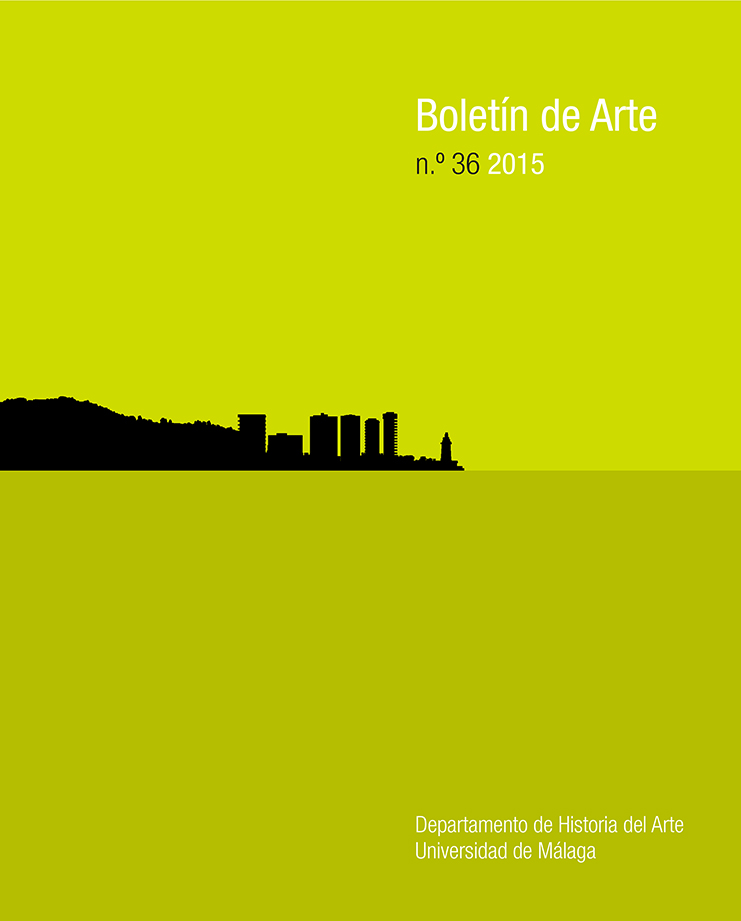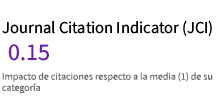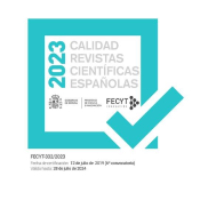Piranesi’s Antichita? Romane: Sublimated construction
DOI:
https://doi.org/10.24310/BoLArte.2015.v0i36.3331Abstract
If from the point of view of the Enlightenment debate about the language of architecture, Piranesi’s Carceri series represents the ground-breaking intuition that the answer may lie in understanding construction as an alternative language to classicism, then this re- volutionary idea is con rmed in Antichita? Romane and linked to the search for the origins of architecture in its double sense, historical and hermeneutical. The pseudo-architectural depictions and representations contained in Antichita? Romane attempt to show the Roman origins of architecture, but also that their conception is governed by the same principles of rationality and essentiality that at that time were being proposed for the Enlightenment ‘refounding’ of architecture. The analysis of the etchings of the four series also reveals other, surprisingly modern, interpretative keys: decoration as a necessity, the absence of moderation and the unity of the material as a condition of the sublime, or the very tectonic conception itself of architecture.
Downloads
Metrics
Publication Facts
Reviewer profiles N/A
Author statements
Indexed in
-
—
- Academic society
- N/A
- Publisher
- Universidad de Málaga.
Downloads
Published
How to Cite
Issue
Section
License
Todos los contenidos publicados en la revista Boletín de Arte están sujetos a la licencia Creative Commons Reconocimento-NoComercia-Compartirigual 4.0 cuyo texto completo puede consultar en <http://creativecommons.org/licenses/by-nc-sa/4.0>

Los/as autores/as cuyas contribuciones sean aceptadas para su publicación en esta revista conservarán el derecho no exclusivo de utilizar sus contribuciones con fines académicos, de investigación y educativos, incluyendo el auto-archivo o depósito en repositorios de acceso abierto de cualquier tipo.
La edición electrónica de esta revista esta editada por la Editorial de la Universidad de Málaga (UmaEditorial), siendo necesario citar la procedencia en cualquier reproducción parcial o total.












4.png)
